Contents
Guide
This book is dedicated, with love, to my sister, Amy. Henry wouldnt have stood a chance.
Text copyright 2021 Harriet Marsden. Design and concept copyright 2021 Ulysses Press and its licensors. All rights reserved. Any unauthorized duplication in whole or in part or dissemination of this edition by any means (including but not limited to photocopying, electronic devices, digital versions, and the internet) will be prosecuted to the fullest extent of the law.
Published in the United States by:
ULYSSES PRESS
PO Box 3440
Berkeley, CA 94703
www.ulyssespress.com
ISBN: 978-1-64604-129-9
ISBN: 978-1-64604-128-2 (ebook)
Library of Congress Control Number: 2020947096
Acquisitions editor: Casie Vogel
Managing editor: Claire Chun
Editor: Pat Harris
Proofreader: Kate St.Clair
Front cover design: David Hastings
Interior design and layout: what!design @ whatweb.com
Artwork: shutterstock.com
This book is independently authored and published and is not affiliated in any way with the musical Six.

FAMILY TREE

FOREWORD
This book is called Dont Lose Your Head, but when youre married to Henry VIII, thats easier said than done. Divorced, beheaded, died, divorced, beheaded, survived. Six wives, each with her own background, education, religion, culture, talents, and hopes. Six queens in their own right, their rich lives exiled to the footnotes of history and dismissed in a nursery rhyme, remembered only for how one man chose to chuck them. Six women who were all, at one point, among the most powerful players at a most pivotal point of English history: a time when England became England.
Why do we remember them only as Henrys wives? He wasnt even the only husband. Catherine of Aragon, after all, was married to his brother first. Anne Boleyn and Katherine Howard were called wife long before they met Henry. Anna of Cleves lived a longer life as Henrys beloved sister. For Catherine Parr, he was just one of four.
But all of them managed, for various degrees of time, to hold their own with a tyrant when it all went to hell. Each was tethered, willingly or not, to the most unbridled of beasts. How did they do it? How did Catherine of Aragon manage Henrys temperament for so long? How did Anne hold him off? How did Jane even compare? How did any of the later wivesAnna of Cleves, Katherine Howard, and Catherine Parrsteel their nerve to get into bed with the worlds most famous wife-killer?
Six women, with all their skills and all the courage they could muster, but not one of them came through unscathed. They didnt just have to be perfect Tudor women; they had to survive the worst of the Tudor men. A swollen boil of a bully by the end, a rotting slave to his appetites and hopelessly in thrall to his own ego. The greatest king in English historyor what we might now call toxic masculinity run amok. Well never know what they might have thought, lying next to Henry at night as he sat up in bed and railed against the world. The only people who really knew were those in the room where it happened. And, because history is told by the victors, weve had only Henrys side. What would his wives tell us, if they could?
This is the story of all six wives, told in what I imagine to be their words, along with a few bits from Henrys mother and daughters. We twenty-first-century women live in an unimaginably different world, but the trials and tribulations of romantic relations remain much the same. The Tudors never had Tinder, but, by God, they got around. Passion, betrayal, boredom, desire, incompatibility, intellectual warfare, and plain old-fashioned lustnone of these are Tudor traits; theyre the curse of the human condition. You might read this book and think, Jesus, its better to be single. In which case, youll love Anna of Cleves.
Henry VIII is a product of the women who came before him. He stands on the shoulders of giantesses. Of Empress Matildaor Maud, as Alfred, Lord Tennyson, would see fit to describe herthe daughter of Henry I, arguably the first Queen of England. Of his mother, Elizabeth of York. His grandmother, the Kingmaker, Margaret Beaufort. His own reign was made legitimate only by Catherine of Aragons bloodline.
Even in Henrys time, when petty princelings vied for scraps and the great kings of Christendom threw their weight around in gold, women were holding court. Margaret of Austria, who ruled the Low Countries. Louise of Savoy, who took over ruling for Francis I while he was captive in Spain. Isabella I of Castile, Catherine of Aragons mother, one of historys most impressive queens.
My own fascination with Tudor women began at a young age, when I first got hold of Philippa Gregorys 2001 novel, The Other Boleyn Girl. Id only ever learned about Henry, you see. Id never even heard of Mary Boleyn, nor imagined the pain and turmoil that it must have caused her, her sister Anne, their mistress Catherine of Aragon, and their contemporary Jane Seymour, to become entangled as they did.
This is not a history book, nor did I set out to write one. That said, I did read a lot of them. And in reading about women of the past, you learn almost as much about the men who wrote about them. As Christine de Pisan, a Venetian poet at the court of King Charles VI of France and arguably Europes first professional female writer, joked in her highly influential The Book of the City of Ladies (1405), women must be inherently flawed because she could scarcely find a moral work by any author which didnt devote some chapter or paragraph to attacking the female sex. It was unlikely, she mused, that so many learned men, who seemed to be endowed with such great intelligence and insight into all things, could possibly have lied on so many different occasions.
So the learned men who dismiss Katherine Howard as wanton or flirtatious ignore the fact that she was a teenage survivor of sexual abuse. The historians who buy into the notion that Henry risked foreign policy and ancient alliances because Anna of Cleves was plump and plain conveniently ignore the role Henrys ego played in rejecting her. I particularly enjoyed eminent scholar David Starkeys description of Henry as a very good husband and a good lover. I pray he writes my biography.
The way Anne Boleyn is portrayed is, of course, the most telling. Witch, whore, six-fingered temptress. Not: architect of religious reform. As Karen Lindsay posits in her excellent Divorced, Beheaded, Survived: A Feminist Reinterpretation of the Wives of Henry VIII, Henrys obsessive courtship of Anne now looks like sexual harassment in the workplace. Obviously, we shouldnt retroactively impose anachronistic social standards, but I think we can all agree that Anne said no for a very long time. It could have been a ploy, a seven-year game of hard-to-get, but Im inclined to see it as something more complex. Bear in mind, shed seen what being Henrys mistress had done to her sisters reputation. As Lindsay explains, Anne had no social or legal recourse against the man who ruled the country. She continued, as so many women before and since have done, to dodge her pursuers advances while sparing his feelings. Lindsay adds, somewhat euphemistically, It didnt work.




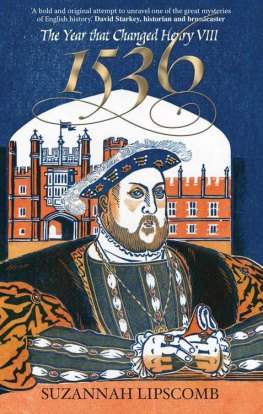
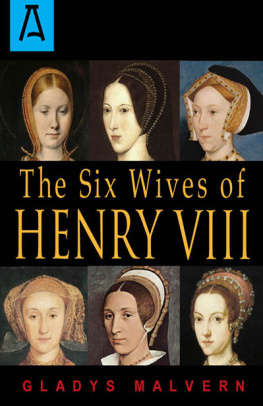
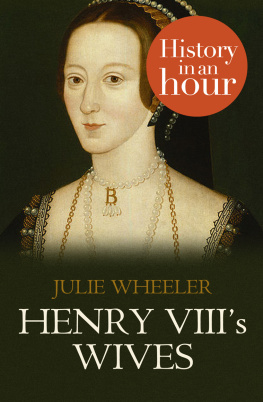
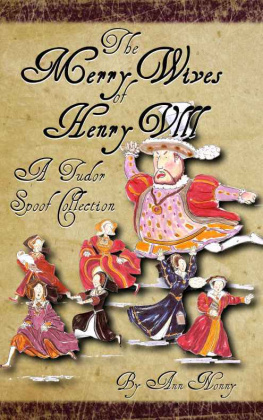
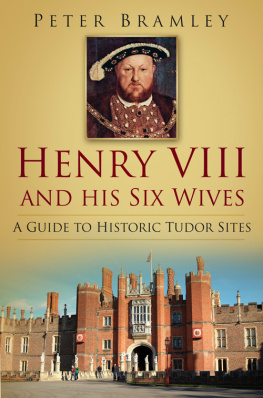
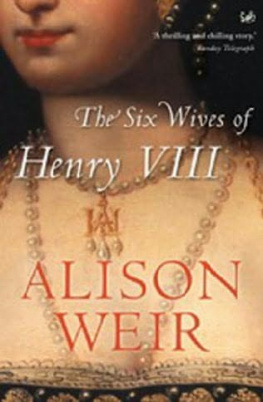

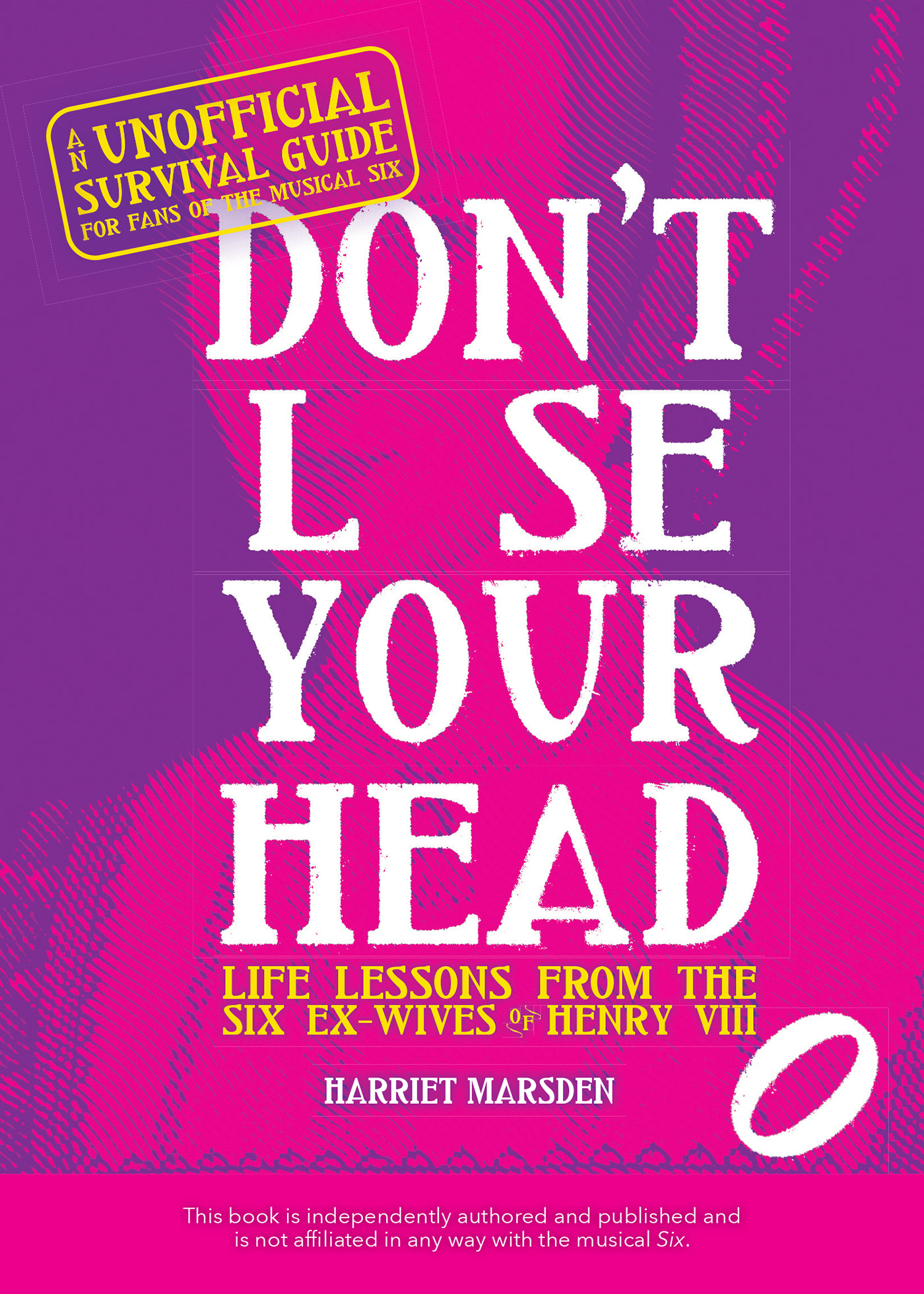

 FAMILY TREE
FAMILY TREE 